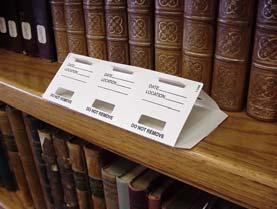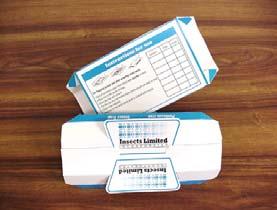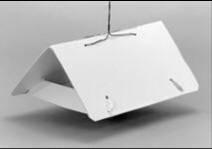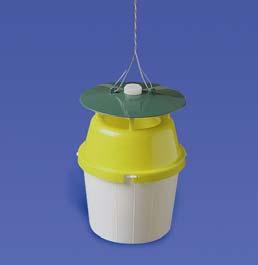General Considerations
Insect traps are the primary tool utilized to monitor for pest activity and are a fundamental element of any IPM program. The goal of these traps is to provide representative data on pests present in an area to then inform necessary next steps.
There is no single “best” type of trap to use. Just as there is a wide variety of pests and different monitoring situations, there are multiple types of traps. Therefore, it is important to choose traps that best correlate to the environmental conditions and specific risks in each particular situation, while also considering the behaviors of the targeted pest(s). Using an improper trap style can lead to a misrepresentation of true pest counts and pest diversity. For example, hanging traps capture pests that fly, so relying on them exclusively could result in missing the presence of a beetle that rarely flies but causes significant damage.
Before deciding on what style of traps to use, put some thought into the range of pests your facility has seen in the past. Utilizing a variety of trap types is going to provide a more accurate picture of the pests active in an environment. Don’t be afraid to try different trap styles and combinations if your current system is not performing well or providing the data needed to fully understand what is happening in a given situation.
Proper trap selection comes down to knowing what is available, testing what works, and making an informed decision based on the environment and the pest.
Some considerations include:
- Crawling vs. flying insects
- Outdoor vs. indoor use
- Impacts of environmental conditions on capture mechanisms (temperature, humidity, lots of dust or particulates)
- Proximity to human activity, disturbances, or damage (being stepped on, opening doors, area cleaning or maintenance)
- The size or capacity of the trap
- Local regulations and ordinances
Blunder Traps
Blunder traps are a typical entry point for insect monitoring. They are relatively inexpensive, easy to use, come in a variety of sizes, and since they capture both flying and crawling insects they provide insight into a wide range of insects that are present in an area.
These traps typically consist of paper or thin card that lays flat upon a surface with a glue layer on their exposed surface that will trap most insects that “blunder” onto it. Pheromone or food attractant lures can also be used in conjunction with blunder traps to target specific pests.
Hanging Traps
Electric Lights
Electric light traps attract pests with a light source. Once the pest makes contact with the light an electric circuit is completed, sending electricity through the insect, instantly killing it. There are options that include sticky boards that increase capture rates. These traps are most effective for flying insects. It is important to note that due to the method of extermination insects that are trapped via this method may be more difficult to identify.
All light traps have additional conservation concerns so assessing them for the collections spaces and safety of the objects is critical.
Pitfall & Funnel Traps
Not all monitoring traps incorporate glue as their trapping mechanism. Pitfall traps utilize a combination of gravity and non-friction surfaces. They are most useful in outdoor environments where they are be placed in shallow recesses in the ground to catch and trap ground-dwelling insects.
Funnel traps catch flying insects by enticing them with lures, drawing the pests into their wide openings which then drastically narrow, trapping them within.






